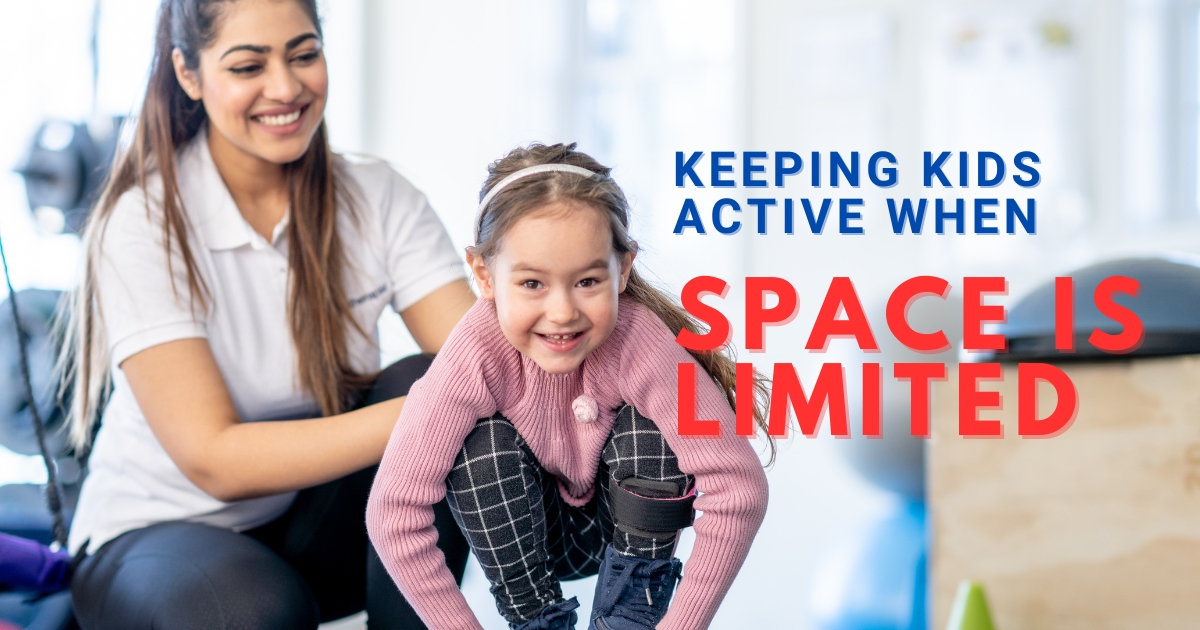When it comes to homeschooling, one of the biggest challenges parents face is how to keep kids active. With limited space and often restricted access to outdoor facilities, ensuring your kids get the recommended amount of exercise can feel like an uphill battle. However, physical education is a crucial part of a balanced homeschooling curriculum. […]



